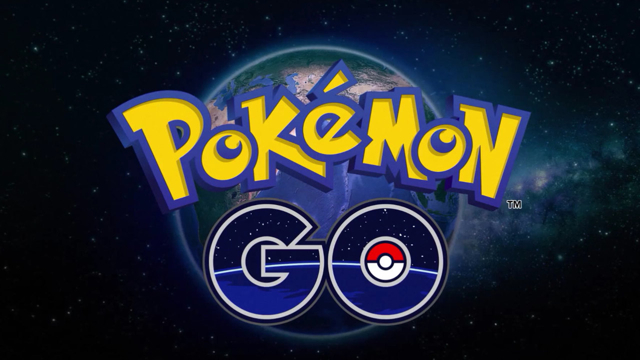CES 2017: An Argument for Opacity in Our Next Technologies
December 21, 2016
As noted by Bolter and Grusin in their seminal work Remediation: Understanding New Media, there is a trend towards transparency of the supports that underlie media content. For example, consider the current obsession with grinding down smartphone bezels so that all that remains is a gleaming, five-inch window into the world of “Angry Birds.” Or, look to the excitement of panel manufacturers who boast of new color spaces, dynamic ranges, and resolutions. Virtual reality presents the possible apotheosis of this kind of mediation: a technology where content has no borders, instead utilizing the totality of one’s senses, the net cast by its content so wide that the machinery which deploys it becomes eclipsed.
Is immersion media’s endgame? I certainly hope not. Bezel-less screens are right around the corner, and TVs will soon achieve the look of reality, so what comes next? I argue for opacity.
Mass media finds itself in a similar position to the literature of the 18th and 19th centuries, where the immersive quality of novels by Dickens, Brontë, and Austen reigned supreme. Post-modernism, which stressed the self-reflexivity of language and explicitly denied immersion, later stole from them the mark of high literature.
With the examples of Snapchat and “Pokémon Go,” I argue that media should be leveraging opacity toward the ultimate goal of social connectivity. To be clear: we need not reject immersion, but should oscillate between it and opacity.
As Susan Sontag noted, narratives that privilege immersion “take the sensory experience of a work of art for granted, and proceed from there.” In denying the structures that make content possible, we are missing out on a world of potential experiences.
Snapchat, for instance, has rapidly expanded its interface such that there are many hidden menus, functions and features that are never explicitly explained to the user. You might call it a “thick” interface, denoting the possibility for the user to radically distort the content of their images — if they know how.
This often leads to receiving an image from a friend and saying “What? I didn’t know you could do that.” This prompts you to ask your friend, and eventually leads to shared experimentation that pushes the limits of how “thick” the interface really is.
These social interactions are made possible by the opacity of form: the “thickness” of the interface serves as platform for social interaction. As it turns out, this works extremely well. So well that you now see Apple integrating “thick” interfaces directly into iMessage in the form of stickers, bubble effects, screen effects, and more.
A similar trend can be noticed in “Pokémon Go.” The game has a minimal tutorial, prompting players to talk with each other to figure out how the game works. From the intricacies of throwing a curveball to the secret method of choosing an Eevee evolution, the game’s interface is “thick,” loaded with opportunities to collaborate among friends.
Further still, these opportunities are extended to complete strangers, as I might know where to find a rare Pokémon and share this information with someone. Pokémon spawn at random and for short periods of time, which generates an ever-relevant body of knowledge to be shared among players.
Even the fact that “Pokémon Go” decimates smartphone batteries is part of this opacity. (On multiple occasions I have raced around with friends in heart-pounding chases to catch that rare Pokémon with only 2 percent battery.) All of the structures that support the game: friends, GPS, batteries, cameras… are made tangible parts of the experience.
Media need not be made to feel transcendent. It exists here, with us. By leveraging the myriad systems that support its expression, we have the opportunity to create forms of social interaction that simply were not possible even ten years ago.
We all know what it feels like to be isolated by technology — the photo of a room full of businessmen in isolated virtual reality headsets comes to mind. At CES in January I hope to see technologies that embrace their physicality, their delicately planned cumbersomeness, their potential to serve as foundations for new interactions between people.


No Comments Yet
You can be the first to comment!
Sorry, comments for this entry are closed at this time.